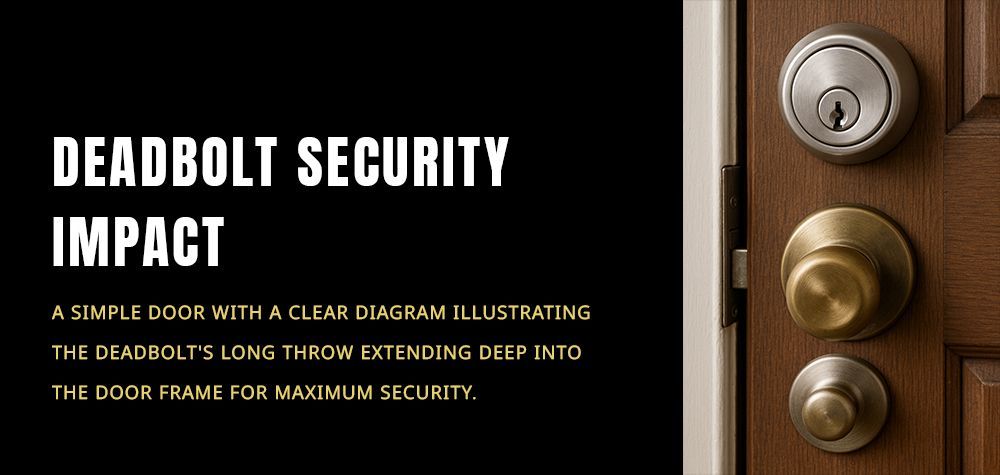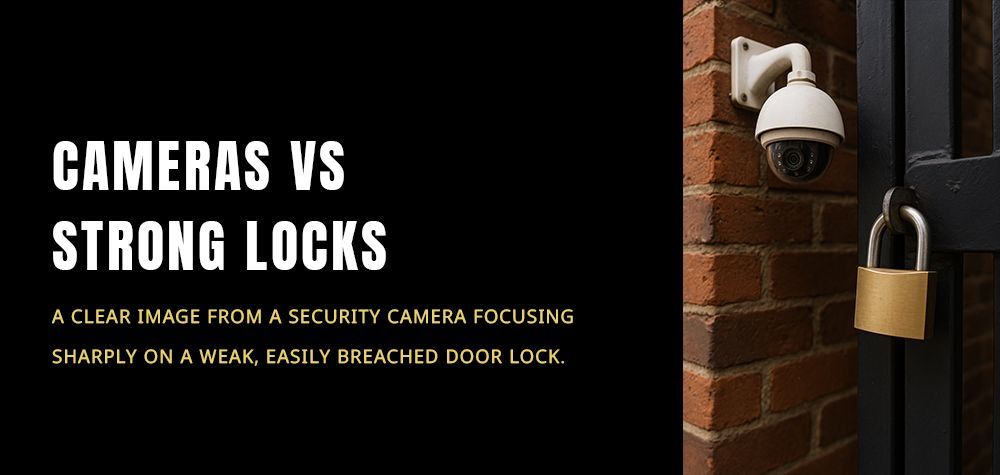Remove Door Lock Cylinder Without Key
There are various situations where you might need to remove a door lock cylinder without a key. Whether you've lost your keys, the lock is damaged, or you simply need to replace it, knowing how to remove the lock cylinder can save you time and money. This guide will walk you through the process step-by-step.
Tools You’ll Need
- Screwdriver (Flathead and Phillips)
- Paperclip or a small piece of wire
- Drill and drill bits
- Pliers
- WD-40 or another lubricant
Step-by-Step Guide to Removing a Door Lock Cylinder Without a Key
1. Prepare the Door
Ensure the door is open and secured. If the door is closed and locked, you might need to unlock it first using other methods, such as a bump key or calling a locksmith.
2. Remove the Door Handle or Knob
Using a screwdriver, remove the screws from the door handle or knob. This will typically require removing the trim or faceplate to access the screws. Once the screws are removed, carefully take off the handle or knob.
3. Locate the Lock Cylinder
With the handle or knob removed, you should be able to see the lock cylinder. Depending on the type of lock, it may be held in place by a set screw or clip.
4. Release the Set Screw or Clip
If there is a set screw, use a screwdriver to loosen and remove it. If the cylinder is held in place by a clip, use pliers to remove the clip. Be careful not to lose these small parts.
5. Drill Out the Lock Cylinder (If Necessary)
If the lock cylinder cannot be removed by releasing the set screw or clip, you may need to drill it out. Use a drill bit that is slightly smaller than the cylinder itself. Start by drilling a pilot hole in the center of the cylinder, then gradually increase the size of the drill bit until the cylinder can be removed. Be cautious and wear safety goggles to protect your eyes from metal shavings.
6. Remove the Lock Cylinder
Once the set screw or clip is removed and the cylinder is drilled out (if necessary), you should be able to slide the lock cylinder out of the door. If it’s stuck, apply a small amount of lubricant such as WD-40 to loosen it.
7. Install the New Lock Cylinder
After removing the old cylinder, you can now install a new lock cylinder. Align the new cylinder with the hole, secure it with the set screw or clip, and reattach the door handle or knob.
FAQs
Q: Can I remove a door lock cylinder without damaging the door?
A: Yes, by carefully following the steps and using the right tools, you can remove a door lock cylinder without causing damage to the door.
Q: What if I can't remove the door handle or knob?
A: If you can't remove the door handle or knob, it might be necessary to call a locksmith to avoid causing damage.
Q: Is it safe to drill out a lock cylinder?
A: Drilling out a lock cylinder should be a last resort. Always wear safety goggles and follow safety precautions to prevent injury.
Q: Can I rekey the new lock cylinder myself?
A: If you have the right tools and instructions, you can rekey a lock cylinder yourself. However, it may be easier to have it done by a professional locksmith.
Q: How often should I replace my door lock cylinder?
A: Door lock cylinders should be replaced if they are damaged, worn out, or if you've lost the keys and are concerned about security.
Conclusion
Removing a door lock cylinder without a key is a task that requires patience and the right tools. By following this guide, you can successfully remove and replace a lock cylinder, ensuring your door remains secure. Always consider safety first, and don’t hesitate to seek professional help if needed.
Car Door Lock Cylinder Replacement: A Comprehensive How-To Guide!
Call Us Any Time!






